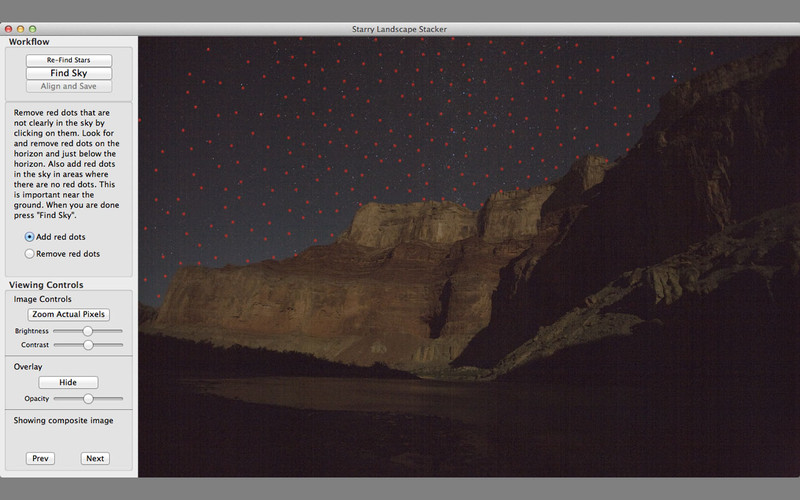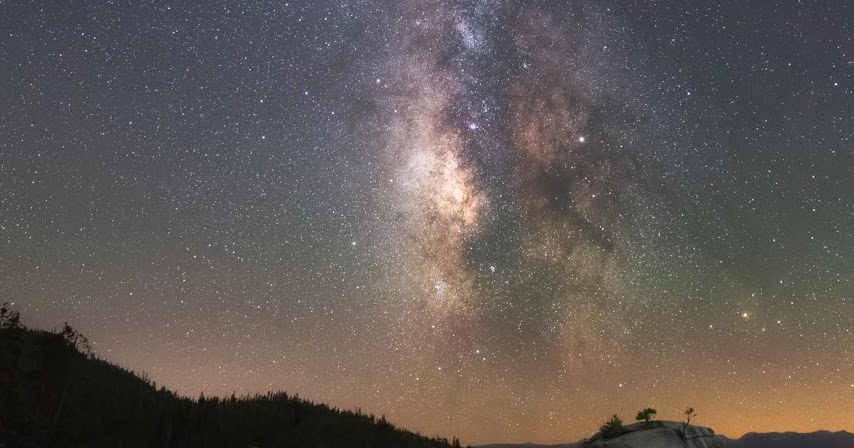To help reduce noise in high ISO shots, stacking is becoming a popular option for astro-photographers. First, you must take a number of shots back-to-back with as little delay between them as possible. This means you won’t want any kind of 2-second delay or long exposure noise reduction turned on. Second, you’ll take anywhere from 4-20 shots. We recommend staying in the 8-12 shot range for best results and ease of use. When you get home, you’ll do some minor pre-processing of the RAW files and save them as uncompressed TIFF images. Next, you’ll load them into a software program that will align them and stack them using median averaging. For PC Users, we recommend using Sequator (click HERE for that procedure). For Mac Users, we recommend the program called Starry Landscape Stacker. You can view the PDF below for our Starry Landscape Stacker Procedure where we walk you through our best practices.


Starry Landscape Stacker Mac Starry Landscape Stacker Pc


Starry Landscape Stacker Mac Starry Landscape Stacker App
Starry Landscape Stacker is a Mac app for making images of the night sky with stars as points and low-noise. It uses 'stacking' or 'image averaging' to combine a group of images that were captured in rapid succession with identical exposure settings and the camera in a fixed position. The sky shots were then stacked with Starry Landscape Stacker for the Mac to get lower noise. The foreground is made up of 5 exposures at 24mm. Some of the foreground exposures are f/5.6, some are f/4, some are 60 seconds, some are 120 seconds, all are ISO 3200. Starry Landscape Stacker is available in the Mac App Store, and a free trial is available that has all the features but outputs images with a watermark. You can read more about it here, and Ralph Hill, the author of Starry Landscape Stacker, has a great collection of video tutorials on how to use the program here.